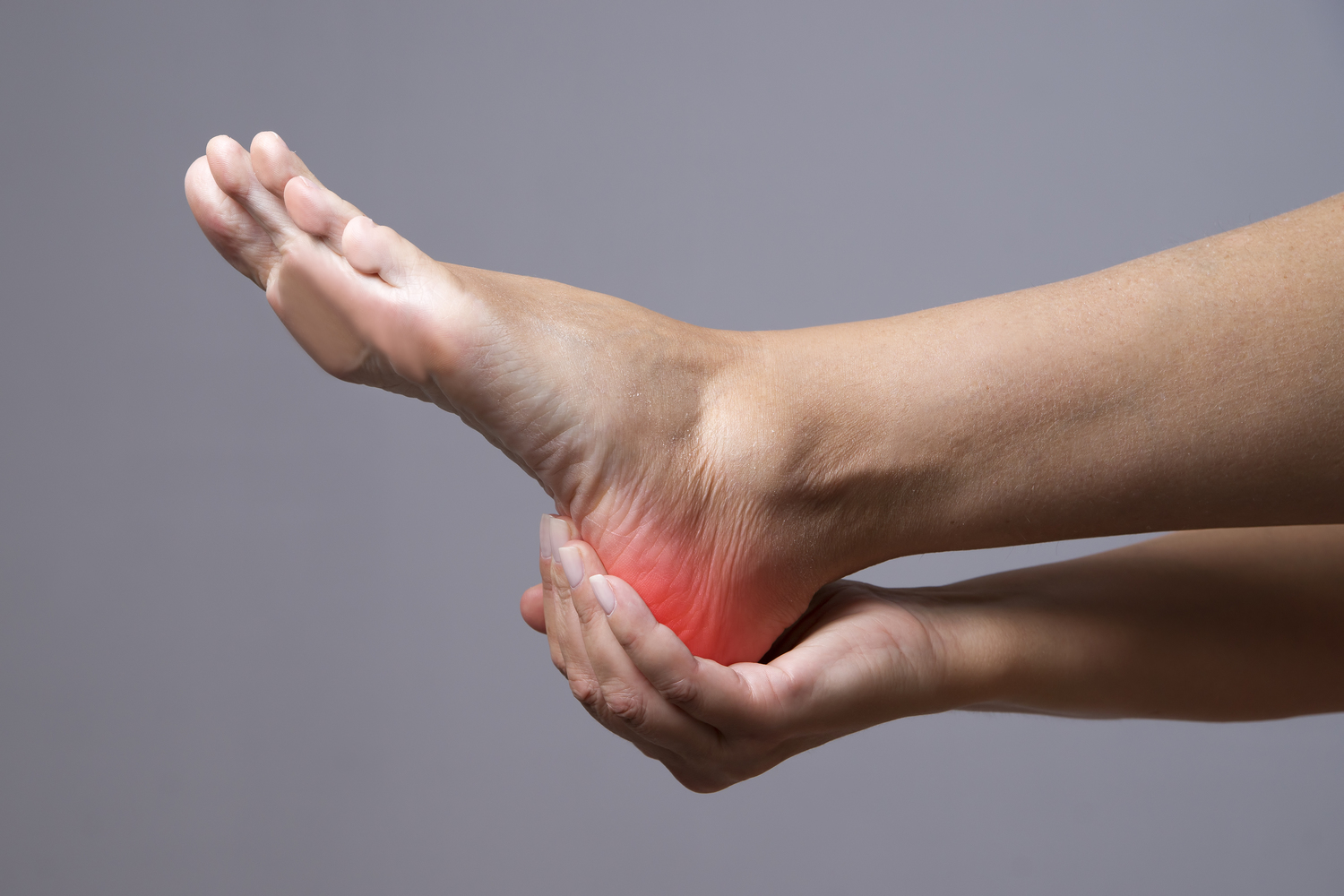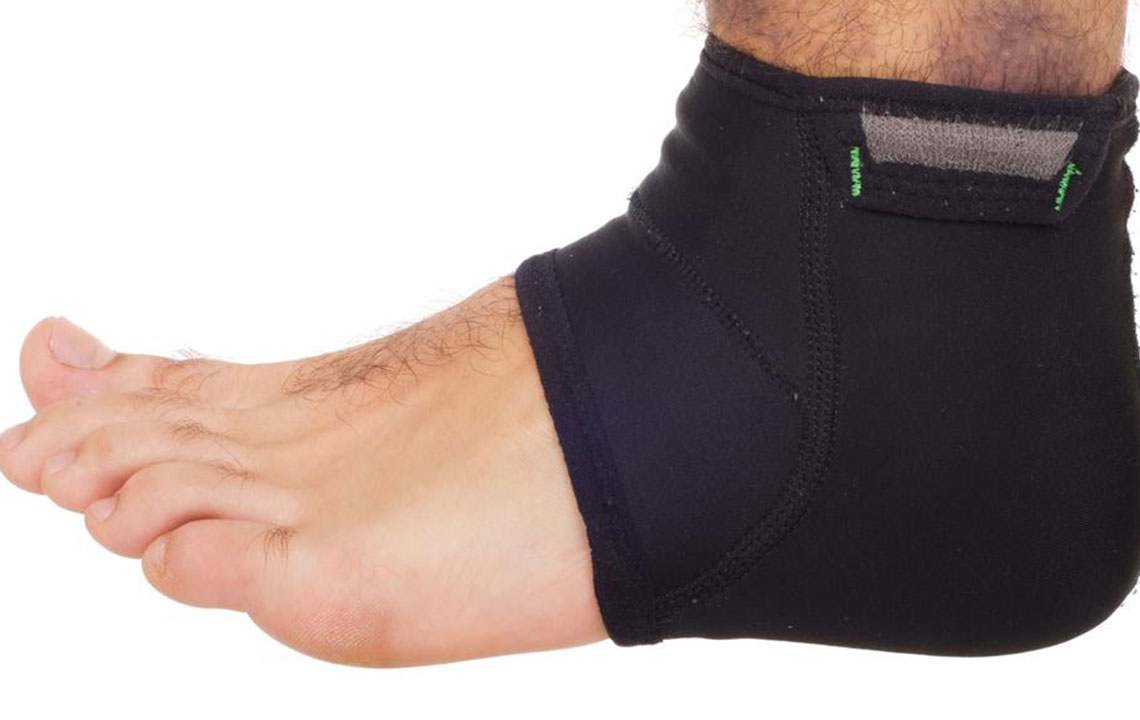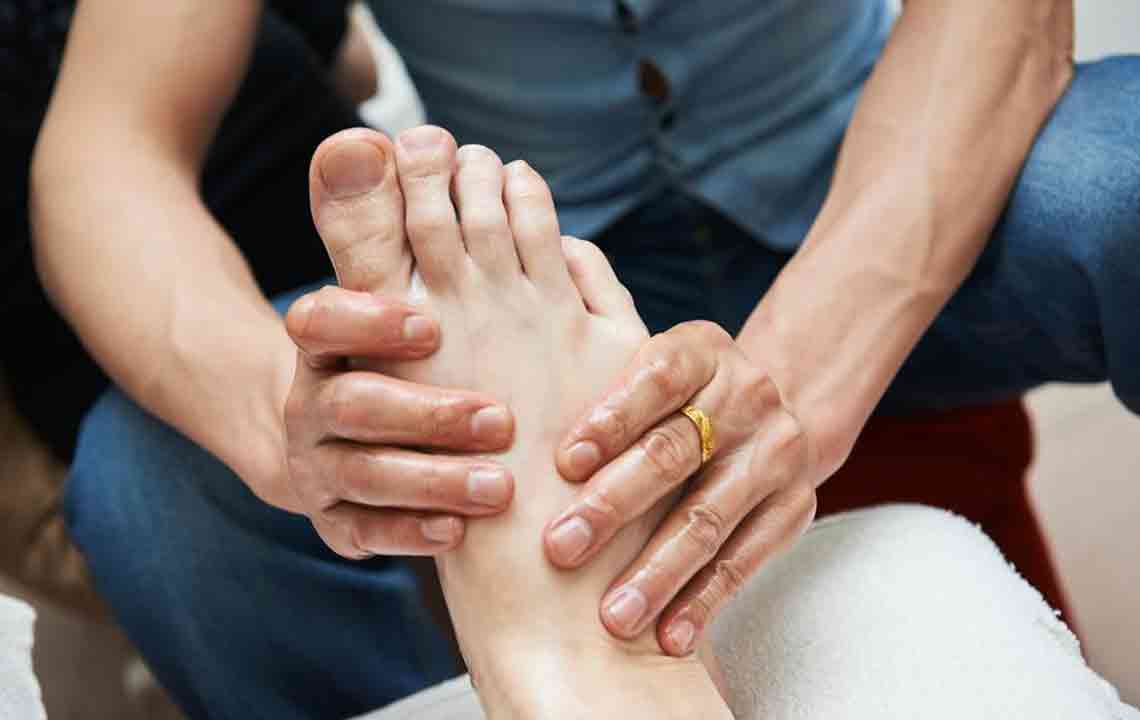Comprehensive Guide to Alleviating Foot and Ankle Discomfort Effectively
This comprehensive guide offers effective strategies to relieve foot and ankle discomfort, including compression therapy, leg elevation, magnesium soaks, hydration, physical activity, massage, medical options, and dietary tips. Implementing these methods can significantly improve circulation, reduce swelling, and promote overall foot health. Understanding how to manage symptoms proactively is essential for maintaining mobility, comfort, and preventing chronic issues. Consult healthcare professionals for persistent problems to ensure appropriate treatment and optimal recovery. These practical approaches empower individuals to take control of their foot health effectively.

Comprehensive Guide to Alleviating Foot and Ankle Discomfort Effectively
Foot and ankle discomfort, including swelling and pain, are frequent concerns faced by many individuals. Such issues can result from prolonged periods of standing or walking, injuries, or underlying health conditions. While occasional mild swelling might be harmless, persistent or severe symptoms call for prompt and effective management to prevent further complications. Understanding various strategies to relieve foot and ankle discomfort can significantly improve daily comfort and mobility. In this detailed guide, we explore proven methods to reduce swelling, alleviate pain, and promote overall foot and ankle health through lifestyle modifications, self-care routines, and medical interventions.
Utilizing Compression Therapy with Socks
One of the most popular and non-invasive solutions for foot and ankle discomfort is the use of compression socks. These specially designed garments exert gentle pressure on your lower limbs, helping to improve blood circulation and reduce fluid buildup. Available at most pharmacies, online stores, or sportswear shops, compression socks come in various compression levels tailored to different needs.
For optimal results, selecting the appropriate compression level is crucial. Generally, compression levels between 15-20 mmHg or 12-15 mmHg are recommended for managing swelling and enhancing circulation. Beginners should start with lighter compression and gradually move to higher levels if necessary, always consulting healthcare professionals for personalized advice. Wearing compression socks during prolonged activities, such as working long hours, traveling, or after injury, can offer significant relief and prevent discomfort from developing.
Elevating Legs for Symptom Relief
When swelling or edema occurs, elevating the legs above heart level is one of the simplest yet most effective methods to facilitate fluid drainage from the lower extremities. Elevation reduces hydrostatic pressure in the veins, helping to decrease swelling and discomfort quickly.
Use pillows or sturdy supports to elevate your legs when sitting or lying down. Techniques like the yoga pose called 'legs-up-the-wall' are particularly beneficial, promoting circulation and alleviating pressure. Regular elevation, especially after standing or walking for extended periods, can make a noticeable difference in reducing swelling and speeding healing.
Magnesium Soaks and Foot Baths
Magnesium plays a vital role in reducing inflammation and supporting muscle health. A popular home remedy involves soaking your feet in warm Epsom salt water, which is rich in magnesium sulfate. This method not only relaxes muscles but also promotes magnesium absorption through the skin, helping to diminish swelling and discomfort.
To prepare a soothing foot soak, dissolve a generous amount of Epsom salts into warm water and soak your feet for about 15-20 minutes. Regular magnesium baths can help alleviate chronic discomfort and improve foot health, especially in individuals prone to swelling or muscle cramps.
Hydration and Use of Diuretics
Proper hydration is essential in managing fluid retention that leads to swelling. Drinking adequate water—at least eight glasses daily—helps your body maintain fluid balance and prevents dehydration-related swelling. Conversely, in some cases, healthcare providers may recommend diuretic medications to facilitate fluid elimination, especially for conditions like heart or kidney issues.
However, medication should only be used under medical supervision. Maintaining hydration while using diuretics ensures electrolytes are balanced and reduces the risk of side effects. Combining proper hydration with dietary and lifestyle modifications can significantly reduce foot and ankle swelling.
Physical Activity and Regular Movement
Remaining sedentary for prolonged periods contributes significantly to fluid accumulation and discomfort in the lower limbs. Incorporating regular movement into your daily routine can prevent such issues. Simple activities like short walks every hour, ankle flexion and extension exercises, or gentle stretching promote blood flow and lymphatic drainage.
Standing or sitting in one position for too long hampers circulation, leading to swelling and stiffness. Therefore, making a conscious effort to move periodically helps maintain healthy circulation, reduces discomfort, and supports overall foot and ankle health.
Massage Therapy and Lymphatic Drainage
Gentle massage techniques, particularly lymphatic drainage massage, can be highly effective in reducing edema and discomfort. This form of massage encourages the movement of lymph fluid from congested tissues into lymphatic vessels, facilitating faster removal of waste and excess fluid.
Professional massage therapists specialize in lymphatic drainage and can tailor sessions to your needs, or you can learn basic techniques to do at home with proper guidance. Regular massage sessions can help shorten recovery times, reduce swelling, and improve tissue health.
Medical and Surgical Interventions
In cases where conservative methods fail to produce adequate relief, it may be necessary to consult healthcare professionals. Medical assessments can identify underlying causes such as blood clots, varicose veins, or structural abnormalities that require targeted treatment.
Surgical options like vein ablation, debridement, or procedures to remove obstructions might be considered for severe or persistent cases. A thorough medical evaluation ensures a personalized treatment plan that addresses the root cause of foot and ankle discomfort and prevents future complications.
Dietary Modifications to Support Foot Health
Nutrition plays an integral role in reducing inflammation and water retention. Foods rich in magnesium, such as dark chocolate, spinach, yogurt, quinoa, beans, seeds, and nuts, can help alleviate swelling and support overall muscle and nerve function.
Incorporating anti-inflammatory foods like berries, fatty fish, and green leafy vegetables supplements your diet's ability to fight inflammation, thereby reducing discomfort. Avoiding excessive salt intake is also crucial, as high sodium levels promote water retention and worsen swelling.
Combined with lifestyle changes, a balanced diet can significantly improve foot and ankle health, reduce discomfort, and enhance overall well-being.
Foot and ankle pain and swelling are manageable conditions with proper care and lifestyle adjustments. Recognizing early symptoms and applying these strategies can help prevent chronic issues, improve mobility, and enhance quality of life. Always seek medical advice for persistent or severe symptoms to ensure accurate diagnosis and treatment.





